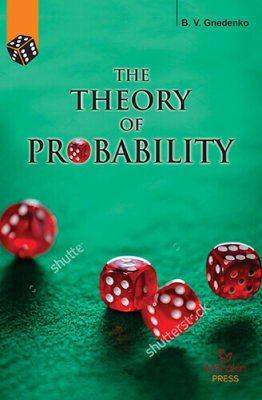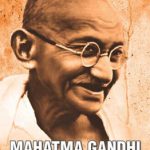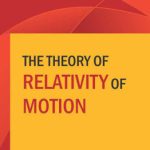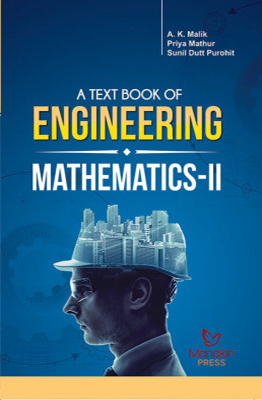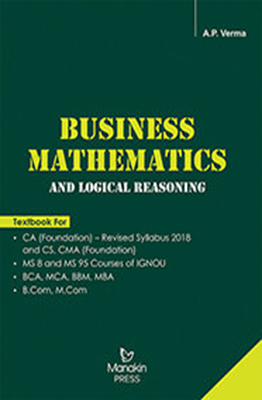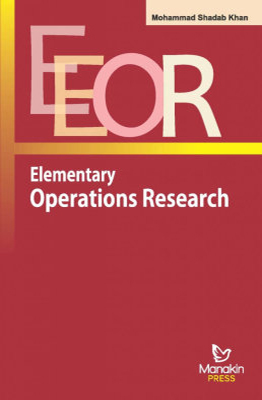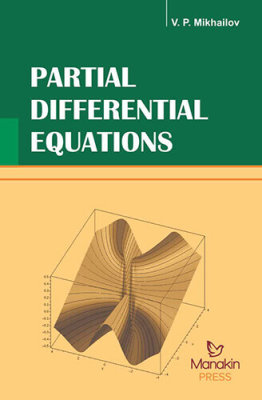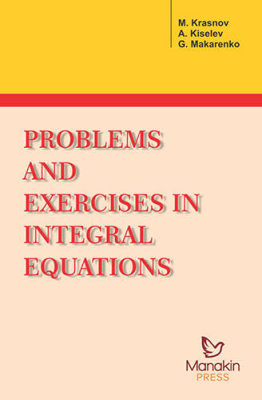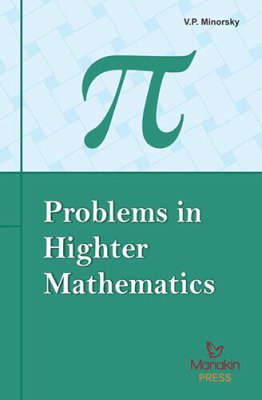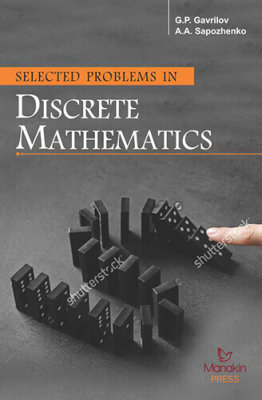B.V. Gnedenko | Category: Mathematics
Binding Type: Paperback Binding
Book Details
ISBN: 9789386221742
YOP: 2018
Pages: 408
Order also onThis book aims to give an exposition of the fundamentals of the theory of probability, a mathematical science that threats of the regularities of random phenomena. The Theory of probability originated in the middle of the seventeenth century and is associated with the names of Huygens, pascal, Fermat and James Bernoulli. The correspondence between, Pascal and Fermat dealing with problems in games of chance that did not fit into the framework of the mathematics of those days laid the foundations for such important concepts as probability and mathematical expectation. We must be clear on one point: the famous scientist that dipped into these gambling problems also foresaw the fundamentals role of the science that studies random events. They were convinced that clear-cut regularities could arise on the basis of large numbers of random events. Because of the low level of the development of natural science in that period. However, games of chance and also problems of insurance and demography were for a long time the sole concepts and methods of the formal mathematical apparatus applied in the solution of probability: it consisted exclusively in the use of elementary arithmetic and combinatorial methods. The subsequent development of probability theory and also the broad application of its results and methods of investigation to natural science, in particular to physics, demonstrate that the classical concepts and methods still hold today. Today, probability theory is extending its influence and practical application to many spheres, and researches throughout the world have enriched the theory with important results. In this great upsurge, the Soviet School of probability theory continues to occupy a prominent position. Like the other divisions of mathematics, the theory of probability developed out of the demands of practical affairs; in the abstract form, it reflects the regularities peculiar to random events of a mass-scale character. Such regularities play and exceedingly important role in physics and in other natural sciences, in military affairs, diversified fields of technology, in economics, and elsewhere. In recent times, in connection with large-scale production, the results of probability theory are not only used in locating defective items already produced but, what is more important, for organizing the very process of production (statistical quality control in production) As has already been noted, the relationship between probability theory and practical requirements has been the basic reason for the rapid development of probability theory in the past decades. Many divisions of the theory evolved in response to the problems of practical workers. It is fitting here to recall the remarkable words of the founder of the Russian school of probability theory, P.L. Chebyshev: “The link-up between theory and practice yields the most salutary results, and the practical side is not the only one that benefits; the sciences themselves advance under its influence, for it opens up to the new objects of investigation or fresh aspects of familiar objects…If the theory gains much from new applications of an old method or from its new developments, then it benefits still more from the discovery of new methods, and in this case, too, science finds itself a true guide in practical affairs.
Chapter 1- THE CONCEPT OF PROBABILITY
Chapter 2- SEQUENCES OF INDEPENDENT TRIALS
Chapter 3- MARKOV CHAINS
Chapter 4- RANDOM VARIABLES AND DISTRIBUTION FUNCTIONS
Chapter 5- NUMERICAL CHARACTERISTICS OF RANDOM VARIABLES
Chapter 6- THE LAW OF LARGE NUMBERS
Chapter 8- THE CLASSICAL LIMIT THEOREM
Chapter 9- THE THEORY OF INFINITELY DIVISIBLE DISTRIBUTION LAWS
Chapter 10- THE THEORY OF STOCHASTIC PROCESSES
Chapter 11- ELEMENTS OF QUEUING THEORY
This book aims to give an exposition of the fundamentals of the theory of probability, a mathematical science that threats of the regularities of random phenomena. The Theory of probability originated in the middle of the seventeenth century and is associated with the names of Huygens, pascal, Fermat and James Bernoulli. The correspondence between, Pascal and Fermat dealing with problems in games of chance that did not fit into the framework of the mathematics of those days laid the foundations for such important concepts as probability and mathematical expectation. We must be clear on one point: the famous scientist that dipped into these gambling problems also foresaw the fundamentals role of the science that studies random events. They were convinced that clear-cut regularities could arise on the basis of large numbers of random events. Because of the low level of the development of natural science in that period. However, games of chance and also problems of insurance and demography were for a long time the sole concepts and methods of the formal mathematical apparatus applied in the solution of probability: it consisted exclusively in the use of elementary arithmetic and combinatorial methods. The subsequent development of probability theory and also the broad application of its results and methods of investigation to natural science, in particular to physics, demonstrate that the classical concepts and methods still hold today. Today, probability theory is extending its influence and practical application to many spheres, and researches throughout the world have enriched the theory with important results. In this great upsurge, the Soviet School of probability theory continues to occupy a prominent position. Like the other divisions of mathematics, the theory of probability developed out of the demands of practical affairs; in the abstract form, it reflects the regularities peculiar to random events of a mass-scale character. Such regularities play and exceedingly important role in physics and in other natural sciences, in military affairs, diversified fields of technology, in economics, and elsewhere. In recent times, in connection with large-scale production, the results of probability theory are not only used in locating defective items already produced but, what is more important, for organizing the very process of production (statistical quality control in production) As has already been noted, the relationship between probability theory and practical requirements has been the basic reason for the rapid development of probability theory in the past decades. Many divisions of the theory evolved in response to the problems of practical workers. It is fitting here to recall the remarkable words of the founder of the Russian school of probability theory, P.L. Chebyshev: “The link-up between theory and practice yields the most salutary results, and the practical side is not the only one that benefits; the sciences themselves advance under its influence, for it opens up to the new objects of investigation or fresh aspects of familiar objects…If the theory gains much from new applications of an old method or from its new developments, then it benefits still more from the discovery of new methods, and in this case, too, science finds itself a true guide in practical affairs.
Chapter 1- THE CONCEPT OF PROBABILITY
Chapter 2- SEQUENCES OF INDEPENDENT TRIALS
Chapter 3- MARKOV CHAINS
Chapter 4- RANDOM VARIABLES AND DISTRIBUTION FUNCTIONS
Chapter 5- NUMERICAL CHARACTERISTICS OF RANDOM VARIABLES
Chapter 6- THE LAW OF LARGE NUMBERS
Chapter 8- THE CLASSICAL LIMIT THEOREM
Chapter 9- THE THEORY OF INFINITELY DIVISIBLE DISTRIBUTION LAWS
Chapter 10- THE THEORY OF STOCHASTIC PROCESSES
Chapter 11- ELEMENTS OF QUEUING THEORY
| Weight | 0.515 kg |
|---|---|
| Dimensions | 21.7 × 14 × 2 cm |
| yop |
2018 |
| subject-category |
Mathematics |
| isbn |
9789386221742 |

